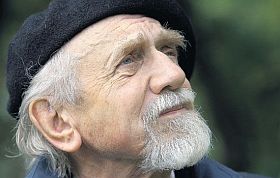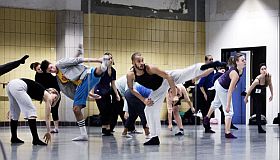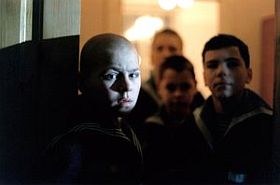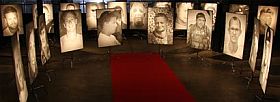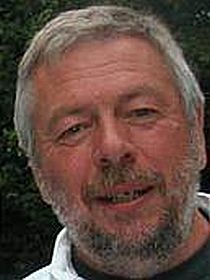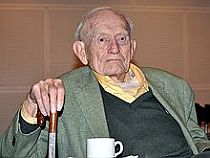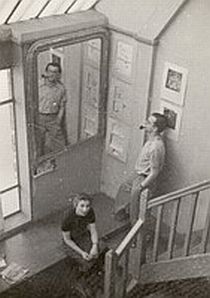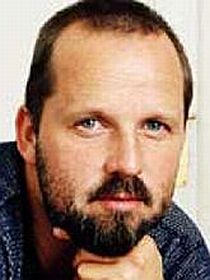


Antra Cilinska: Is it Easy…?
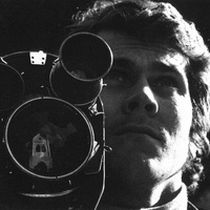
The Latvians write history with their films. Below a description of the ambition of Ivars Seleckis to make the third part of the epic about the Crossroad Street in Riga. A work that will cover more than 20 years of life in the street when it is finished.
Antra Cilinska has already done it through the sequels to the masterpiece of Juris Podnieks (photo) from 1986, ”is it easy to be Young?” from 1986. 10 years after she made ”is it easy to be?” and now title simply is asking whether it is easy…
… to live when you are around 40 and live in a country that is going through hard times? It is not, the protagonists, most of them, have lost illusions, several of them have divorced, some have career, some are in balance, some suffer from having taken part in the Afghan war on the Soviet side, in their youth, captured very well in the second film.
It is not easy to make a film with so many characters over a span of 25 years. You can not avoid the ”and the next one, and then the next one” but Cilinska manages to make it into a collective portrait of a generation that revolted against the Soviet system – with tough consequences for some of them – and they got the freedom but could they profit, were the dreams fulfilled. There is power and energy in the film that combines the shootings of today with short clips of the characters as they were 10 and 25 years ago. Igors, Raimonds (where are you?), Aivars, Sonita, Janis, Andris… and Juris and Juris G… And Juris Podnieks who died in 1992 and who Antra Cilinska starts and ends her film with, touching clips with him behind the camera, film history, moving for someone who had the privilige to meet him. A name in political documentary filmmaking, a master, don’t forget him!
Latvia, 2010, 80 mins.
